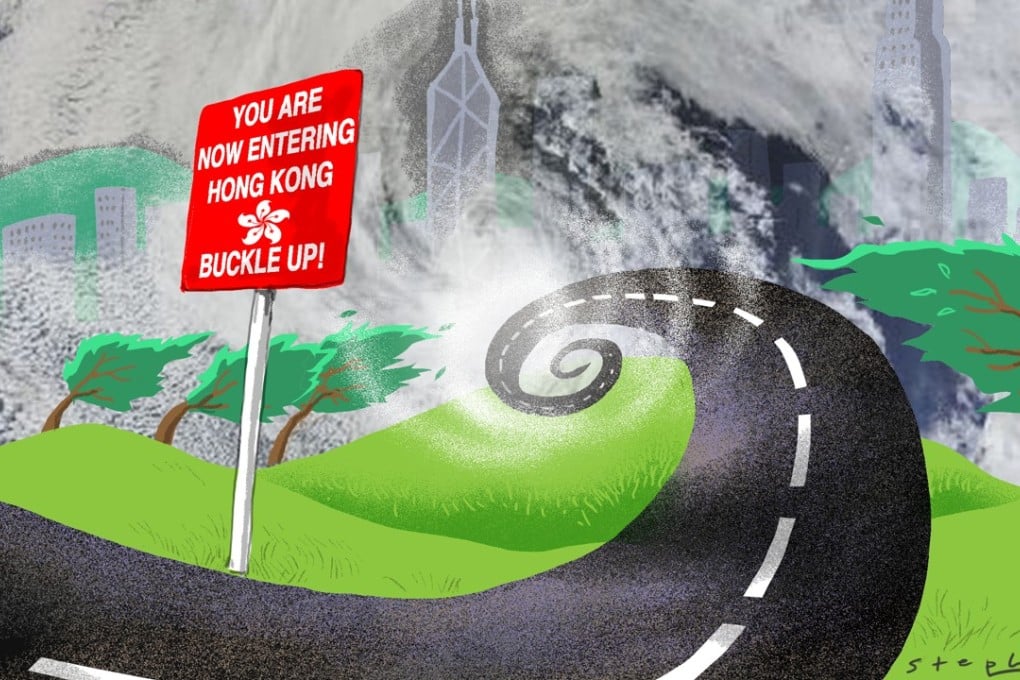Even after the predictions telling us that
Typhoon Mangkhut would be an unusually severe storm, it is likely that no one expected it to be as serious as it was. Mangkhut was the
most intense storm since records began, with the highest wind speeds and storm surges ever recorded. And it has had some of the largest impacts: the number of emergency calls was five times higher than last year’s super typhoon, and the
insurance bill from property damage will likely dwarf any previous storm at US$1 billion. Then add the multiple days of
school closure and
public transport disruption, and it’s clear Mangkhut is a storm for the history books.
Mangkhut has been more devastating than our last signal No 10 typhoon –
Hato – which hit last year, or the one before that – 2012’s
Typhoon Vicente. The last three signal No 10 typhoons, all strong storms in their own right, have happened in the past six years. These storms are most likely to become
stronger and more frequent.
The flooding in Hong Kong’s coastal areas should be a reminder that the city has not implemented any plans to deal with the effects of climate change. It has not built sea walls, nor changed building codes for coastal buildings to account for storm surges, nor protected critically vital utilities and infrastructure to withstand extreme weather.
It’s true that Hong Kong handles typhoons better than most places and that is to its credit. The city will likely be back to normal operations after another day or two. The hardworking and honest endeavours of residents was
on full display in the aftermath of Mangkhut – the city at its best. The Observatory should be credited for their
clear and honest warnings about Mangkhut, meaning that people were ready for what was to come.
But if storms as strong as Mangkhut become a regular occurrence, Hong Kong needs to be much more resilient in the face of extreme typhoons. It will happen again as night follows day: Hong Kong after all sits at the end of a “typhoon super highway” through the Philippines and Taiwan.


